Following on from the previous blog post which detailed the drum recording and mixing setup, this post focuses on how the Bass, Guitar and Vocals were recorded and mixed.
Bass
Recording and mixing the bass guitar was one of the most challenging aspects of this recording process, due to the Jason’s distinct combination of low frequency rumble and fuzz. Jason’s rig featured a Trace Elliot amplifier head and two bass cabs with differing speaker sizes (15″ and 10″).
To prevent the bass bleeding on to other recorded content, Jason’s cabs were placed inside the control room of studio 3 which worked as an isolation booth.
The microphones that were used on the bass guitar cabs were the AKG D12VR and Shure Beta 52.
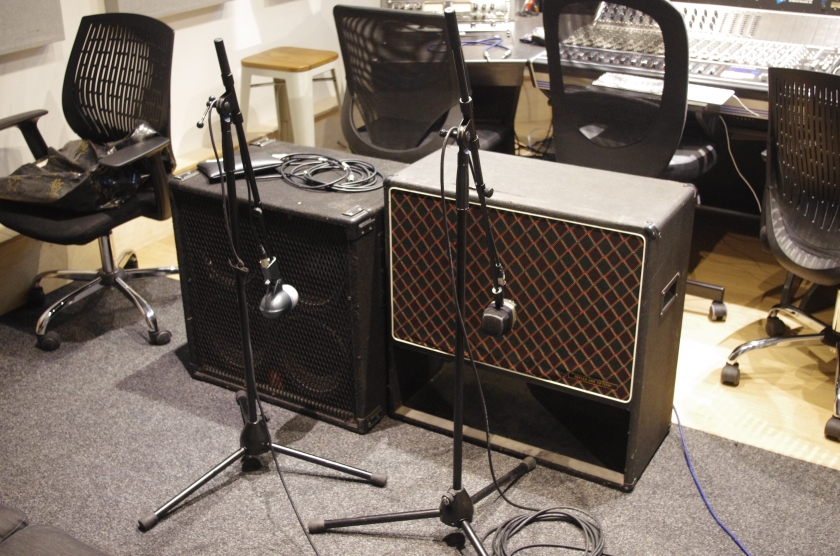
Bass Mixing
EQ was applied to both of these channels, mainly to remove the low frequency content. This EQ decision was made because the low frequency build up from both amp cabs was overwhelming on both microphones. To replace the low frequency content, and therefore use the amp signals as a tonal addition of fuzz, a DI signal was taken from the bass guitar pre-effects. This meant that a consistent and balanced low end could be achieved, without overwhelming the mix.
All bass signals were not routed to the main mix bus, however, instead; all bass signals were routed (via track bus 24) to the Warm Audio WA2A, before returning on channel 21 (labelled bass sum). By using an optical compressor, the bass guitar could be compressed heavily, without it reacting quick enough to disturb the transient of each note.
Guitar
When miking Alex’s guitar cabs, the aim was to create a tone that sounded like it was from one source but subtly different in the left and right stereo field, in order to achieve greater stereo width. To achieve this, I used a pair of Sennheiser HD421 microphones to mic both cabs. both were placed in similar areas on the speaker cabinets, however, the left mic was positioned slightly more off axis.
Guitar Mixing
In order to create a wide guitar sound, the first step of mixing involved using a sample delay in ProTools. Following the principle of the Haas effect, this would create more stereo width when panning the guitar channels hard left and right.
once returning to the SSL channel strip, the guitars were EQ’d identically to remove low end, add presence and soften the brittle high end before routing to the Neve 33609 Stereo Compressor via the channel insert. This was used in order to, once more provide the consistency that would typically be achieved through automation and compression during mixing.
Vocals
Vocals were originally setup to be recorded using a Shure SM7b, however, under Al’s request this was exchanged for a Shure SM58. This decision was made in order to reject more spill from the guitar amps and drums, as well as promoting a better performance from Al, who is used to using an SM58 when performing live.
Vocal Mixing
When mixing vocals, the first stage involved using the SSL preamp’s VHD ‘Variable Harmonic Drive’ function to drive Al’s vocal signal. Following this, the vocal was routed to the Vermona VSR 3.2 vintage spring reverb via an FX send. Following this, the reverb returned to another channel which allowed me to ride the fader according to Al’s vocal part and the amount of reverb that it suited.
Mix Bus processing
Before routing the final mix to the mastering chain, I used the SSL’s Mix Bus compressor to gently control the average dynamics of the mix, as well as aiding in glueing the mix together. A low ratio of 2:1 was used with a medium attack and slower release was used to achieve this. By using a lower ratio, the compressor could be pushed harder. This meant that average the average dynamics of a performance could be smoothened effectively.
Mastering
After recoding the mix into ProTools, in order to allow for the possibility of other releases such as vinyl. I then routed the mix to a mastering rig which contained a Maselec MLA-2 Stereo mastering compressor and D.A.V electronics Broadhurst Gardens No.3 Stereo Mastering EQ. From here, a relatively high compression ratio of 5:1 was used with a quick attack and slightly slower release in order to mainly control transient peaking content. In combination with the mix bus compression, both average dynamics and transients were, therefore, controlled. The EQ processing that was applied was shelf attenuation at 25Hz, a shelf boost at 32KHz and a small boost and 120Hz, creating a more balanced master recording.
Finally, the master signal returned to ProTools, where a Limiter was implemented to ensure that transient material did not risk peaking at 0dBfs. If a signal did reach 0dBfs, this would distort the recording that we only had one take to get right…


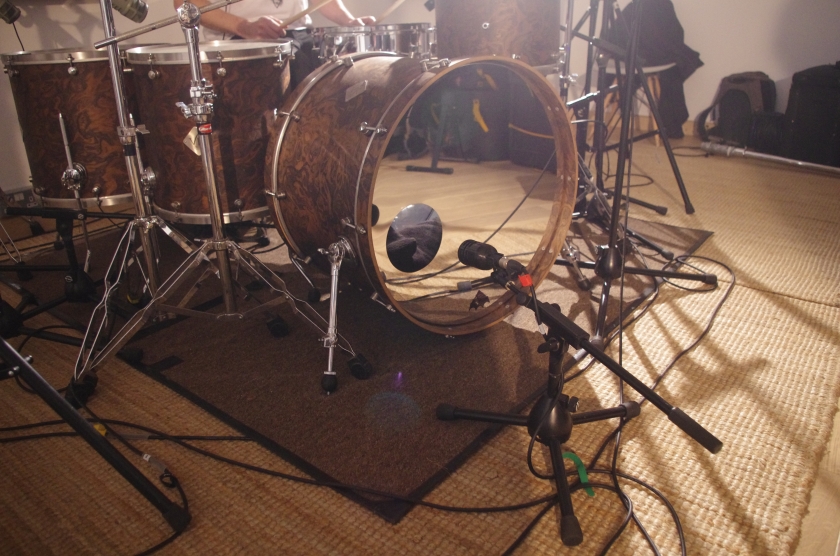




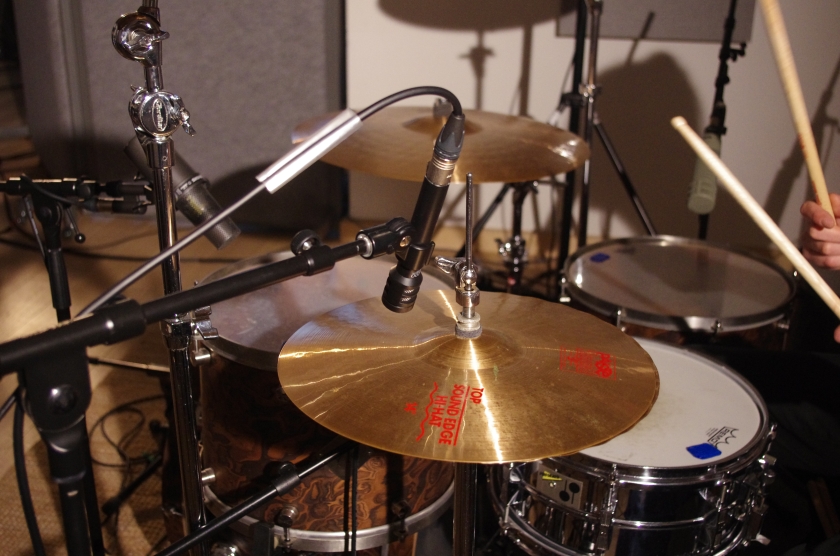
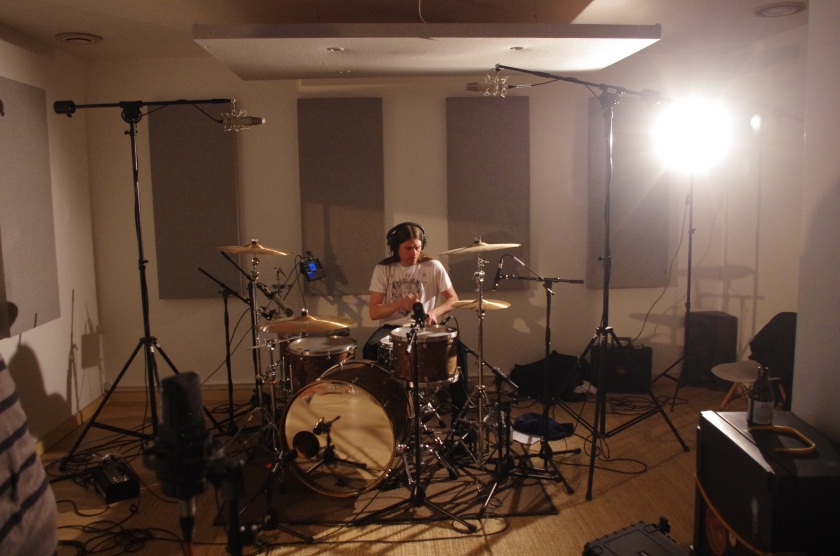

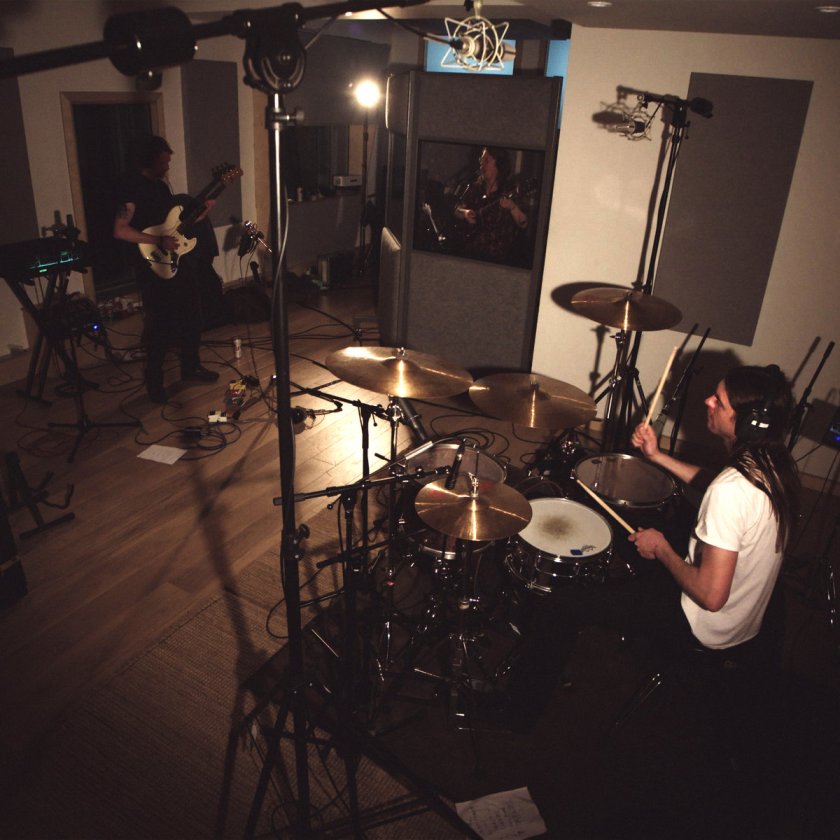 The instant music process was a success!
The instant music process was a success!